April 16, 2025 | 18:30 GMT +7
April 16, 2025 | 18:30 GMT +7
Hotline: 0913.378.918
April 16, 2025 | 18:30 GMT +7
Hotline: 0913.378.918
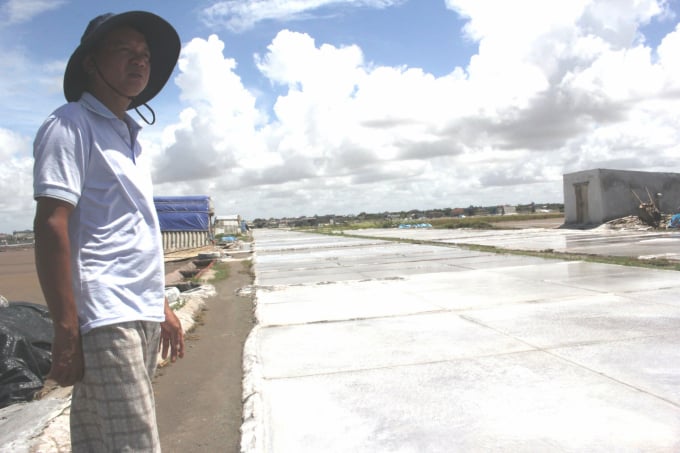
Salt farmers in the coastal areas have been facing numerous difficulties in coastal areas. Photo: Trung Quan.
Therefore, only the elderly farmers have continued working in the salt fields while most of young farmers have been seeking other jobs.
Although it is the main season, the production atmosphere is very quiet in the salt fields of Bach Long commune, Giao Thuy District, Nam Dinh Province, where was formerly considered the largest salt granary in the north region.
Lai Van Tien, Director of Bach Long Salt Industry - Fisheries and Environment Service Co-operative said the commune had an area of 230 ha of salt fields with more than 4,000 employees in the past.
The average annual output reached about 25,000 to 28,000 tonnes, accounting for one-third of the province's salt production, he added.
However, the salt productivity had decreased year by year since 2015, he said.
The salt productivity only reached nearly 5,000 tonnes by 2020, he said.
According to Tien, salt farmers had to invest a lot of effort and money to make salt. It cost them VND2 million (USD87) per 360 sq.m to improve the drying yard, buy umbrella and other equipment.
In the meantime, a salt farmer only earned about VND130,000-150,000 (USD5.6-6.5) daily if the weather was favourable.
Besides, the salt price always kept at a low level while essential commodities were continuously increasing, he said.
“So, it is inevitable that salt farmers leave their fields to find other jobs,” he added.
Cao Thi Lan, of the commune’s Hoanh Tien Village, who has 1,440 sq.m of salt yard said making salt was very hard and depended a lot on the weather while the salt price fluctuated up and down.
On the sunny days, the price of salt was low while on the rainy days, the price of salt increased a little bit but there was no more salt to sell, she said.
Lan said she had to seek a part-time job to earn some money.
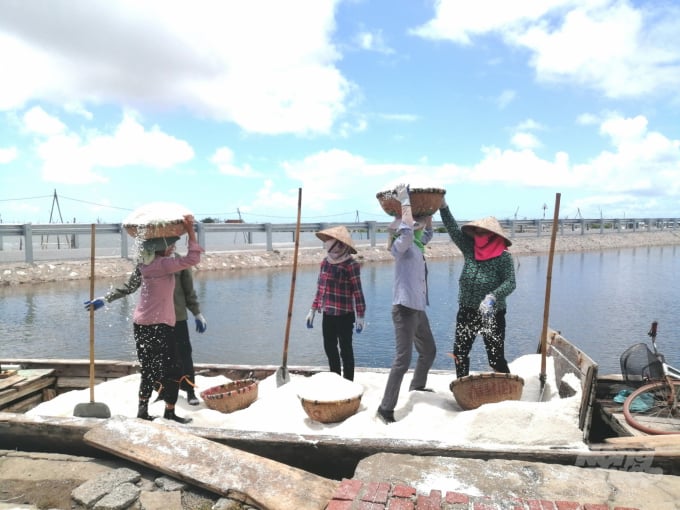
Therefore, only the elderly farmers have continued working in the salt fields while most of young farmers have been seeking other jobs. Photo: Trung Quan.
She said she attached to the salt field during more than half of her life.
“Now, I don’t know what else to do to earn living,” she added.
Pham Van Phuong, of the commune’s Thanh Tien Village, said “There has never been a time when salt farmers have faced so many difficulties like now.”
The selling price of salt was still low when the quality of salt was high, he said.
At present, the salt price was VND1,200-1,300 (5.2-5.6 US cents) per kilo, so his family’s income was not enough to cover their daily’s life.
“I have to work as a carpenter and my wife has a part-time job as cooking meals to earn more money,” he said.
“It's very hard to make salt,” he said.
Salt farmers had to work very hard in the field on the sunny days while there was not much to do on the rainy days, he said.
Nguyen Thi Hang, Director of Hang Anh Salt Company Limited based in Giao Thuy District, Nam Dinh Province said the price of salt had always remained at a low level for four years, about VND20,000 (87 US cents) per 25 kilos.
Now, it cost about VND30,000 (USD1.3) per 25 kilos, she said.
Besides, the consumption of salt in the commune was also slow because the salt here was mainly clean salt. It was only sold for daily use, so the purchasing power of the market was not much, she said.
The processing factories preferred raw salt because of the age of salt and higher salinity from the central and southern provinces, so the quantity of salt was purchased was not much in the commune.
In response to the situation, the commune administration has built a project to re-plan the salt production area.
Accordingly, it will build a concentrated salt production area on the salt field No. 2 and No. 3 with an area of nearly 60 ha for families registered to produce salt.
Other fields that produce salt inefficiently will be used to build infrastructure or convert to crop and aquatic farming.
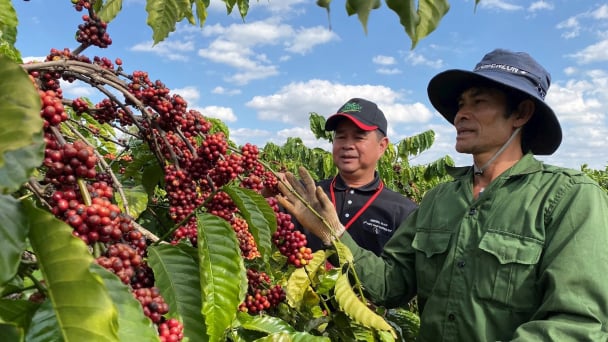
(VAN) Businesses emphasize fairness and equality when integrating social factors into their sustainable development strategies.
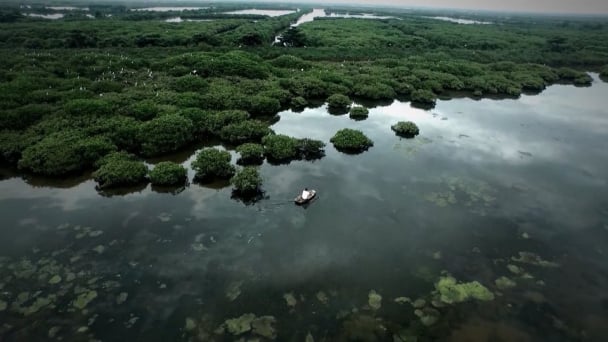
(VAN) French organizations and enterprises propose that Thai Binh province provide potential and long-term cooperation contents related to climate change response and green industrial development.
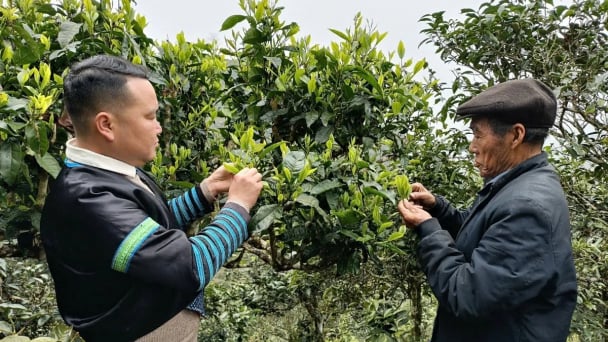
(VAN) Shan Tuyet tea is considered a 'heavenly treasure'. The H'mong people allow the tea to grow naturally, adhering to organic production principles, with the aim of exporting the product.
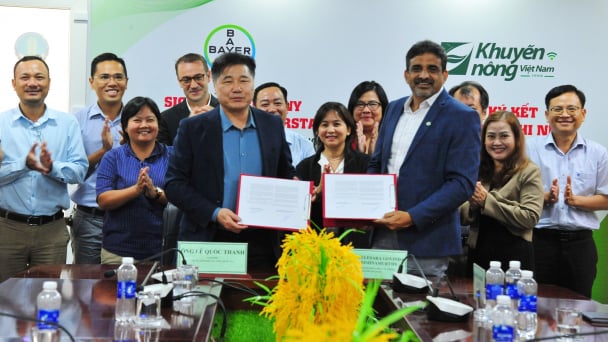
(VAN) Bayer Vietnam and the National Agricultural Extension Center have signed a partnership agreement to expand the development of effective and safe farming models for rice, durian, and coffee.
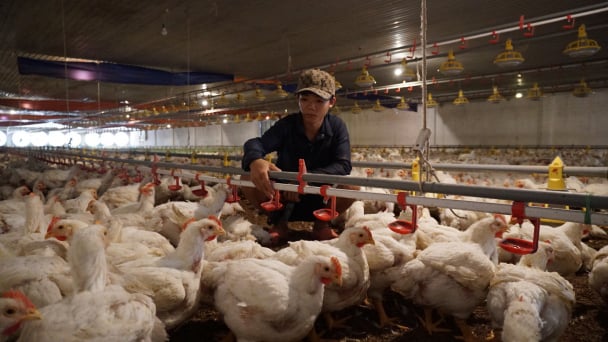
(VAN) Tay Ninh province possesses all the favorable conditions, from natural advantages to geographic location and social harmony, to drive economic development, particularly in attracting investment and advancing modern livestock farming.
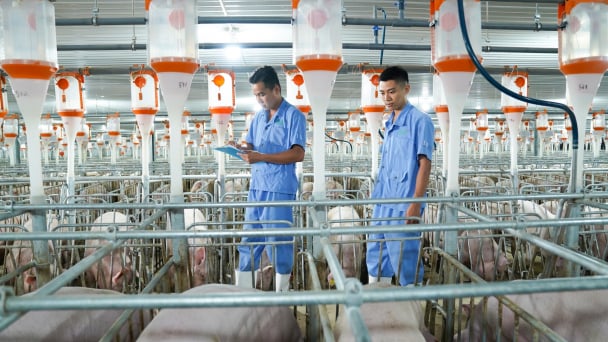
(VAN) Notably, every link in BAF's entire closed livestock value chain Feed - Farm - Food has received international certification.

(VAN) UOB Vietnam has recently signed a green credit agreement with NAVICO to develop sustainable aquaculture that meets international standards.